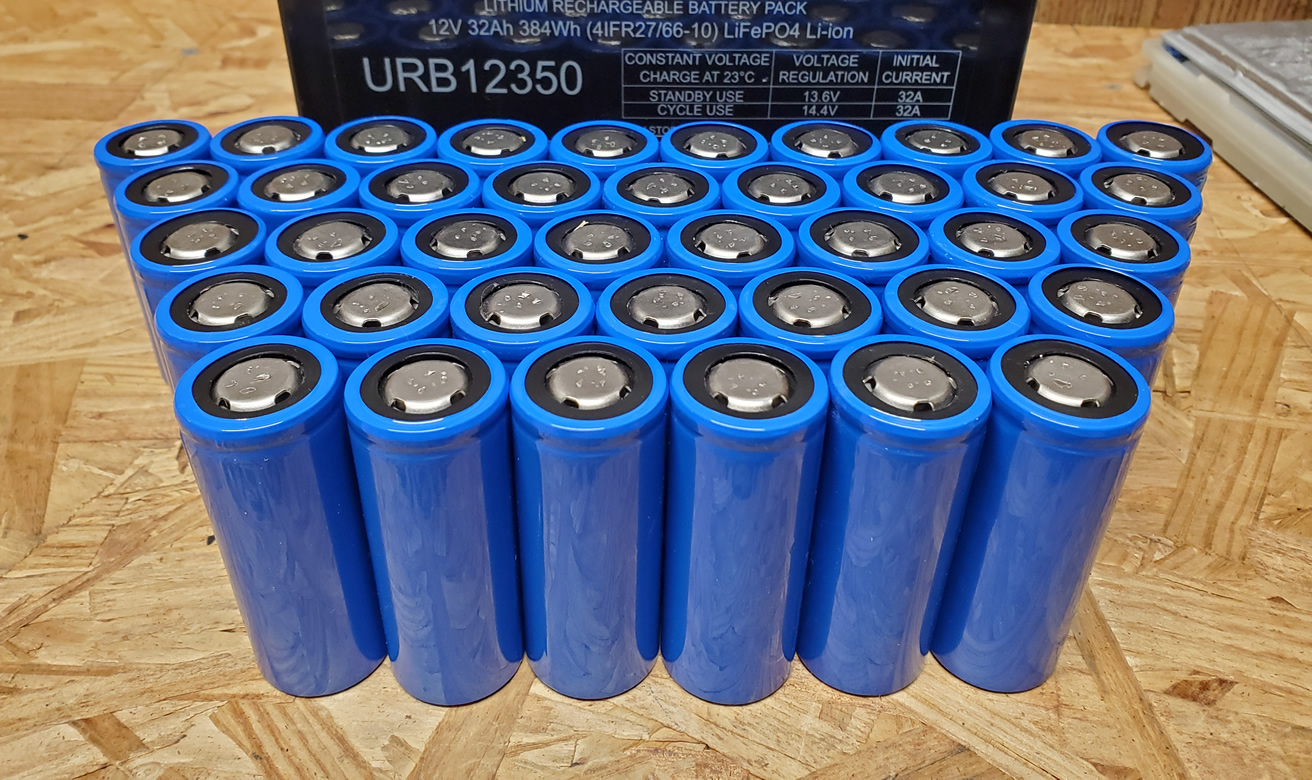Hi all,
you probably all know the problem of so-called "heater cells" that tend to get (very) hot when charging above a specific voltage? Typically this voltage (when heating starts) is around 4.0V - sometimes a bit lower, rarely higher. On the other hand there are cells, that don't keep their full charge at 4.2V for long but tend to drop in voltage down to 4.0 rather quickly and then settle at this voltage to be stable. The last ones must not necessarily be heaters but could be.
I wonder if someone had ever come across a scientific explanation of these effects and if they both have the same cause - what i would assume.
Quite obviously its a matter of high self-discharge and this, in most cases, is caused by small dentrites growing towards the other electrode, penetrating the separator - as far as i read in some studies. But there could also be other effects like degradation of electrolyte or separator. The very small dendrites normally are not dangerous as they "glow away" when hitting the other electrode. Bigger dendrites can lead to severe short circuit with all the bad things that can happen ...
I am really interested to know if there is any research on that topic and what you think about it.
From my experience most of the faster dropping cells from 4.2 towards 4.0 are not completely useless as they are stable below that voltage and still can have a high capacity. But i wonder if these could be more dangerous in some aspect and what distinguishes them from the heaters?
you probably all know the problem of so-called "heater cells" that tend to get (very) hot when charging above a specific voltage? Typically this voltage (when heating starts) is around 4.0V - sometimes a bit lower, rarely higher. On the other hand there are cells, that don't keep their full charge at 4.2V for long but tend to drop in voltage down to 4.0 rather quickly and then settle at this voltage to be stable. The last ones must not necessarily be heaters but could be.
I wonder if someone had ever come across a scientific explanation of these effects and if they both have the same cause - what i would assume.
Quite obviously its a matter of high self-discharge and this, in most cases, is caused by small dentrites growing towards the other electrode, penetrating the separator - as far as i read in some studies. But there could also be other effects like degradation of electrolyte or separator. The very small dendrites normally are not dangerous as they "glow away" when hitting the other electrode. Bigger dendrites can lead to severe short circuit with all the bad things that can happen ...
I am really interested to know if there is any research on that topic and what you think about it.
From my experience most of the faster dropping cells from 4.2 towards 4.0 are not completely useless as they are stable below that voltage and still can have a high capacity. But i wonder if these could be more dangerous in some aspect and what distinguishes them from the heaters?




